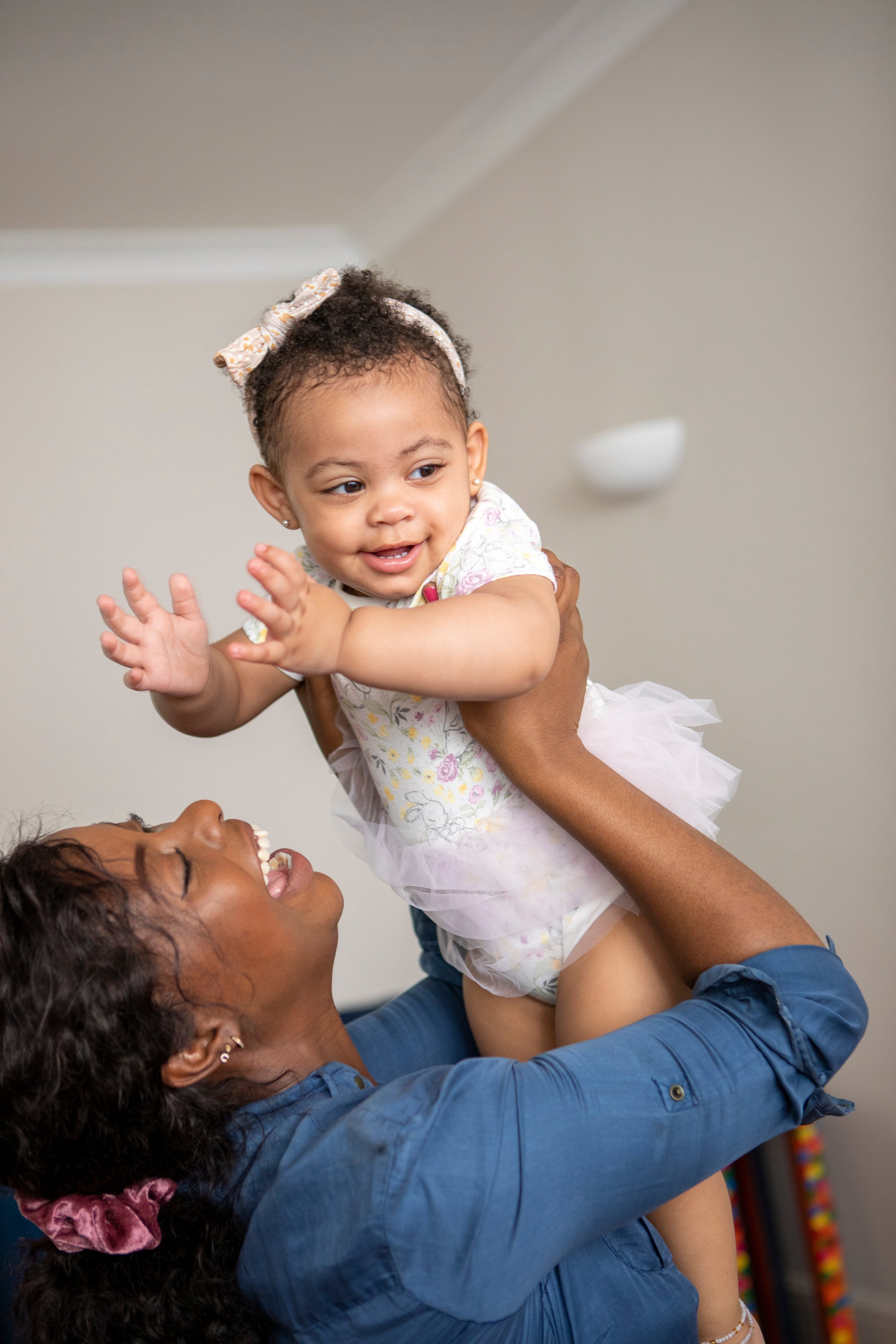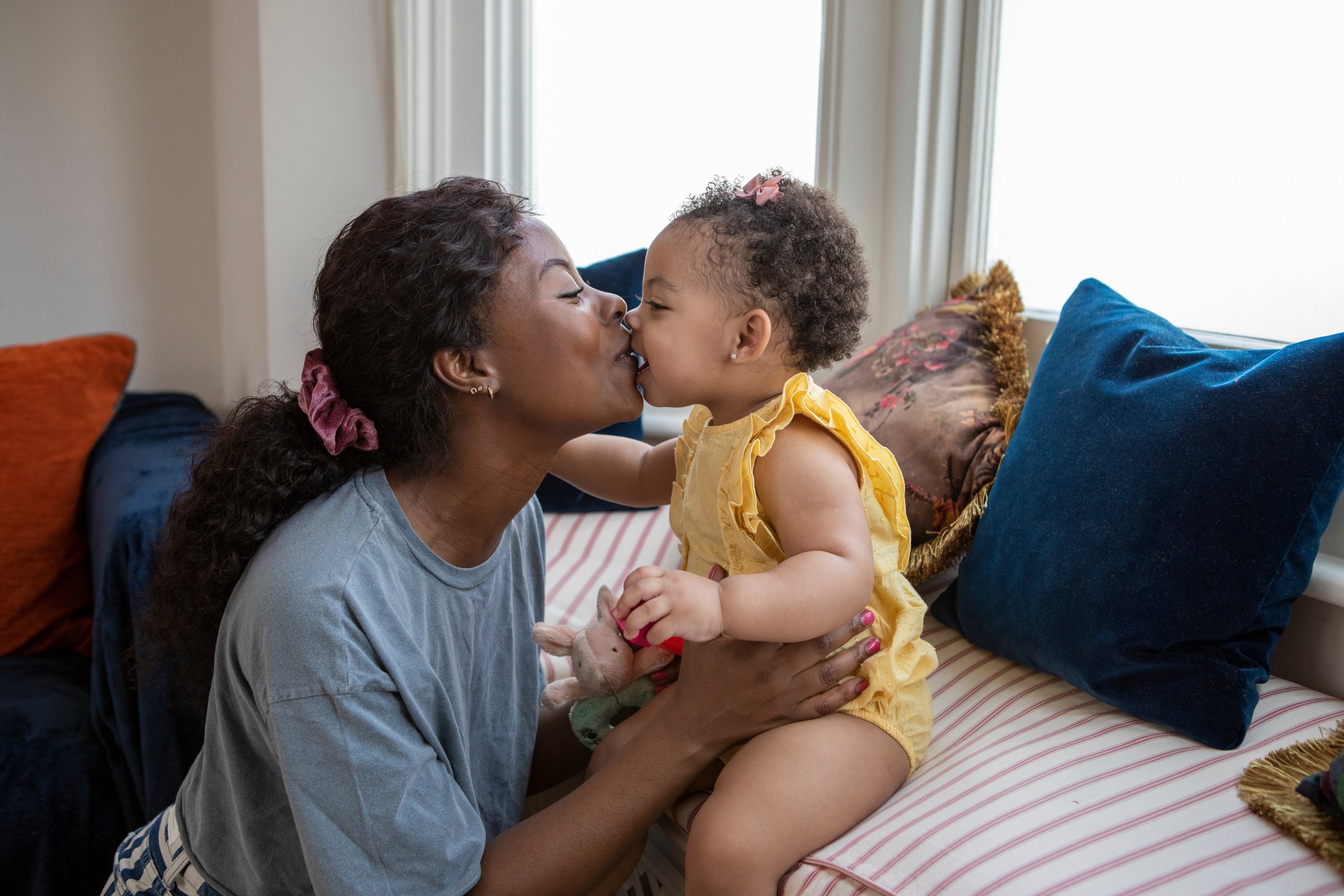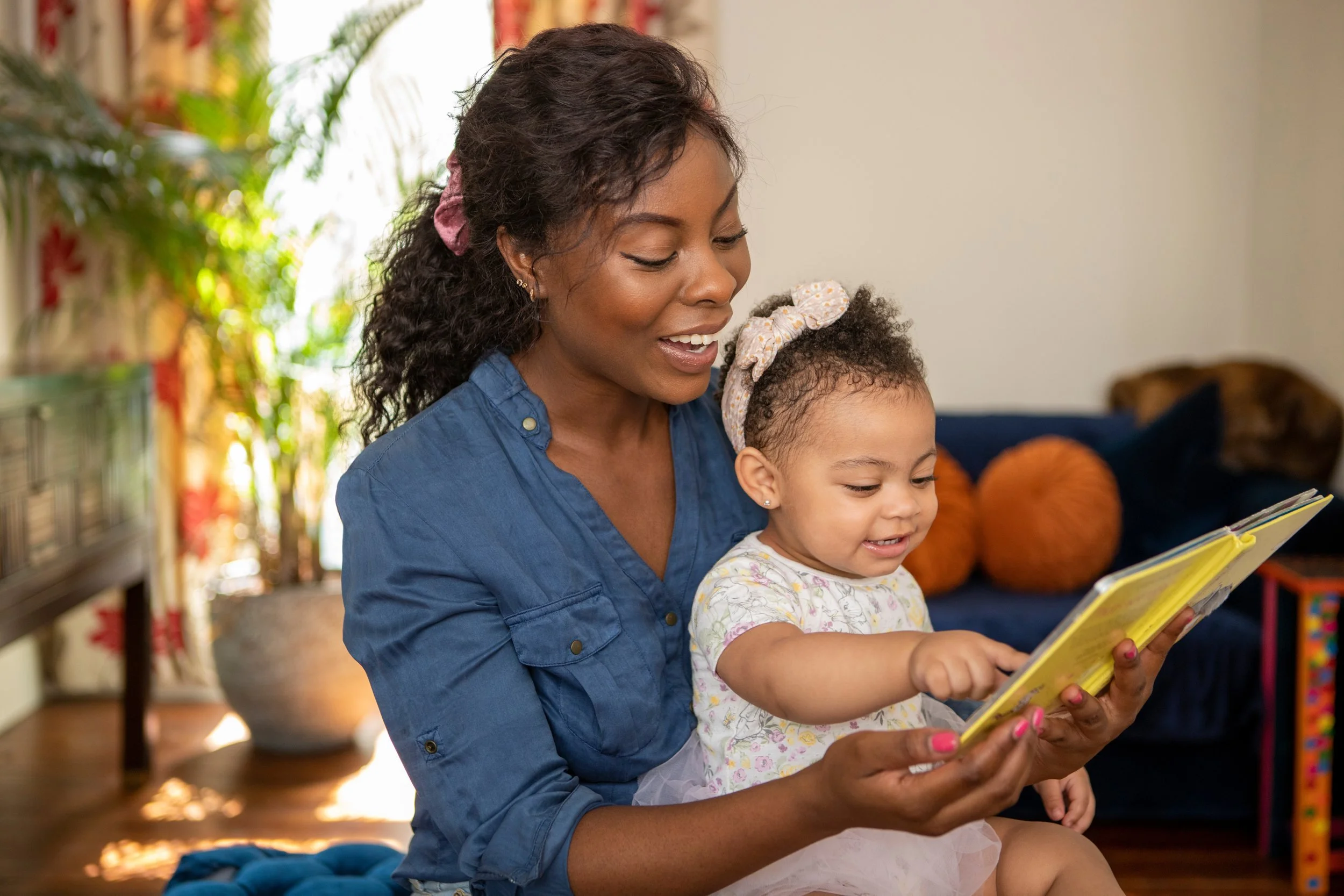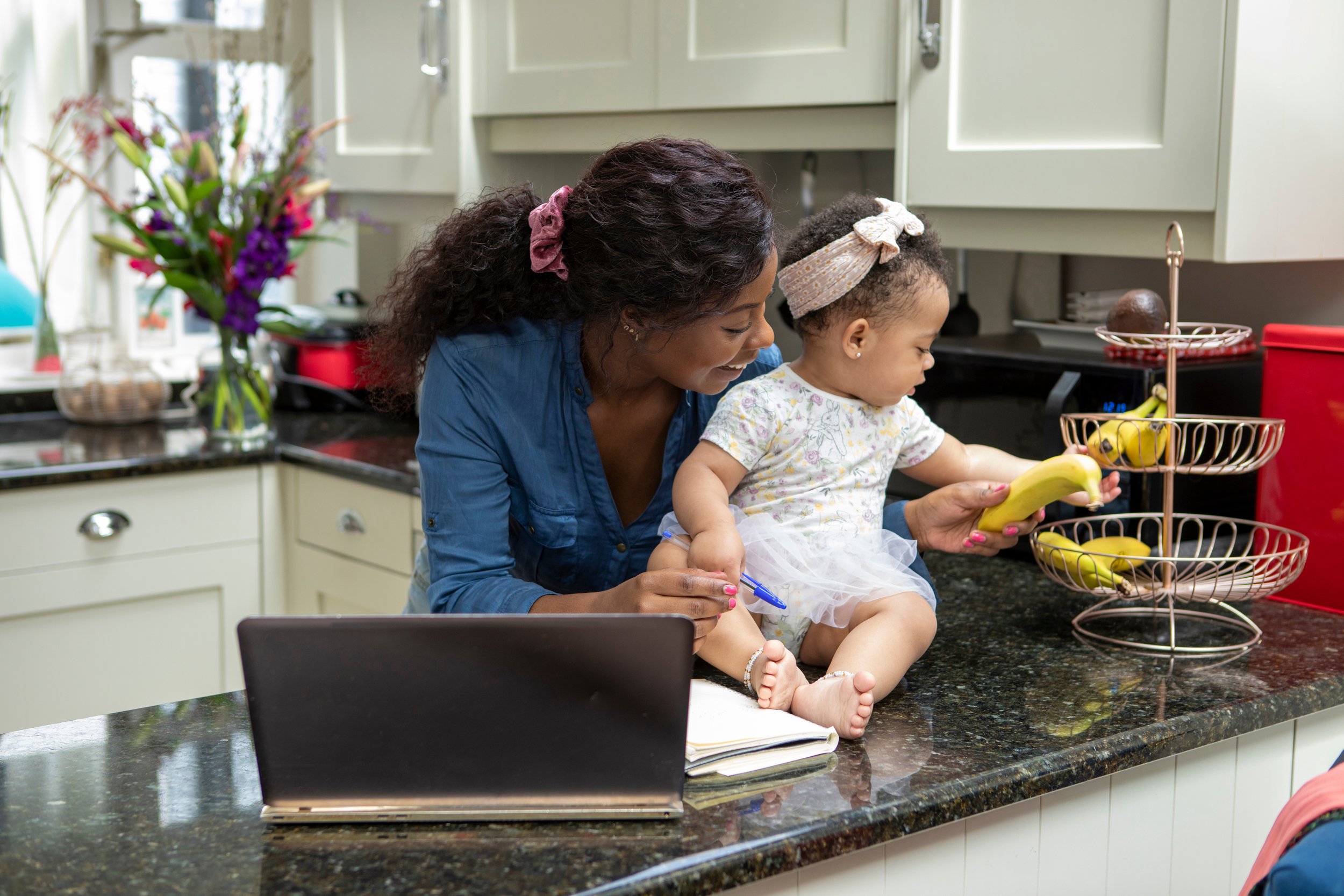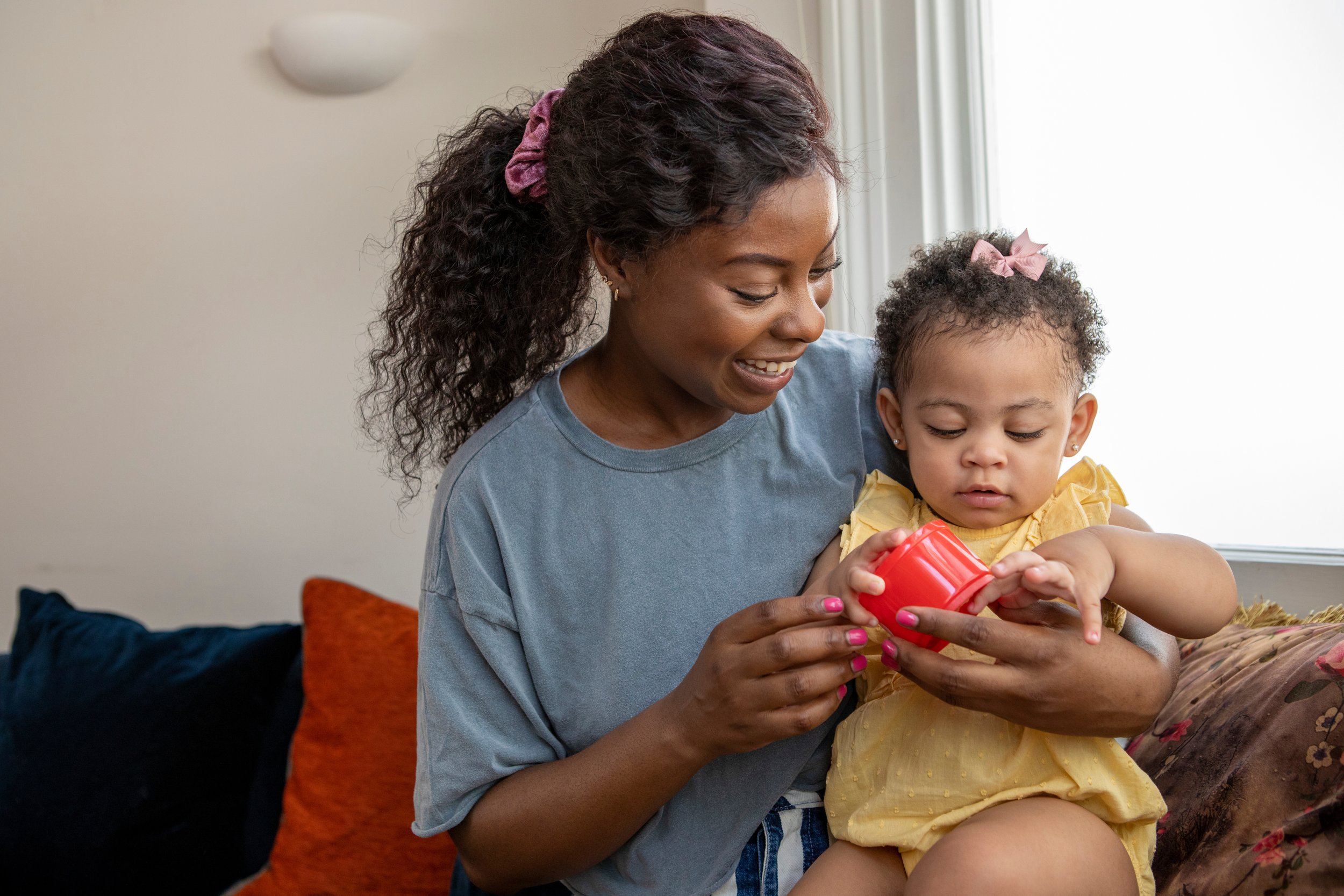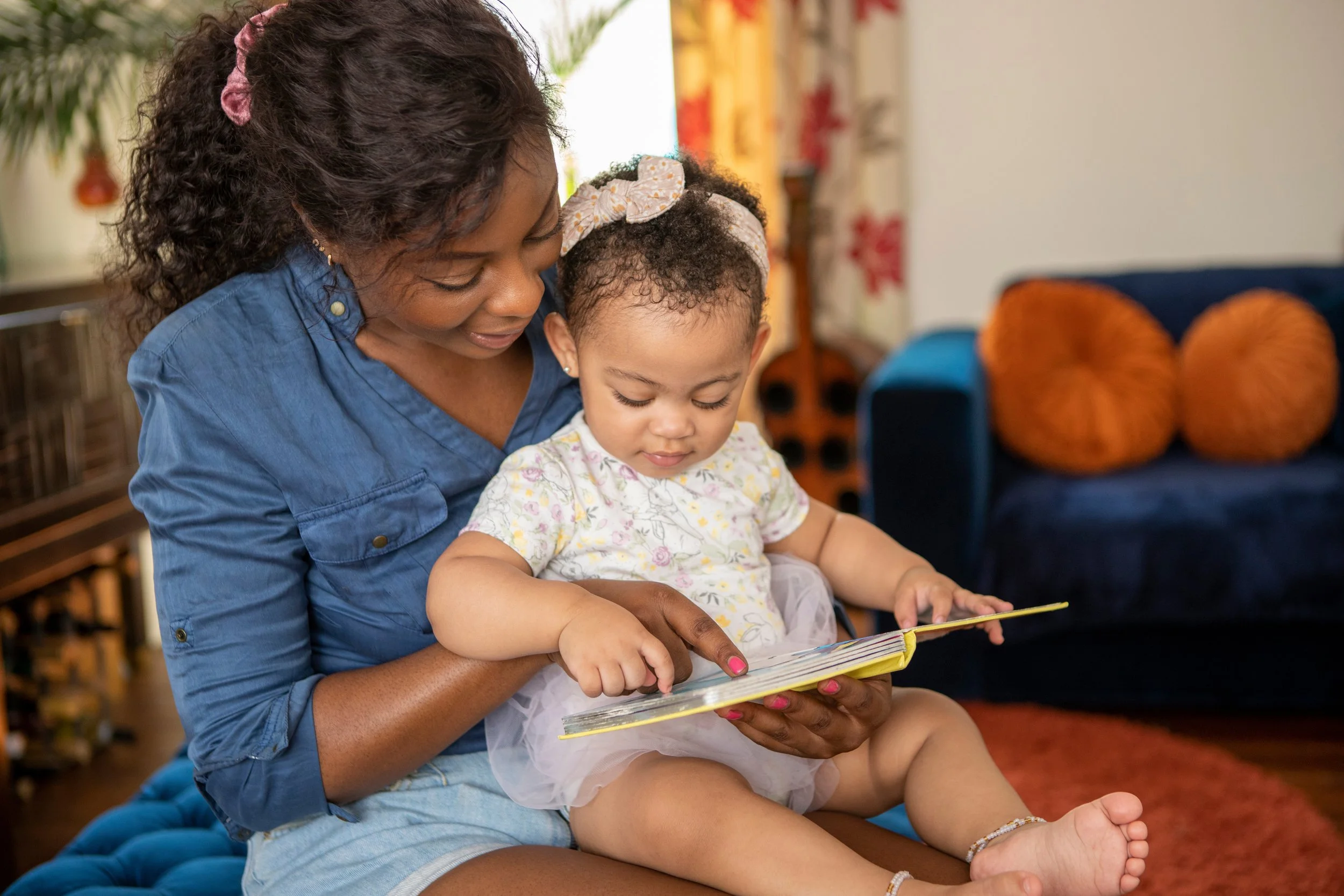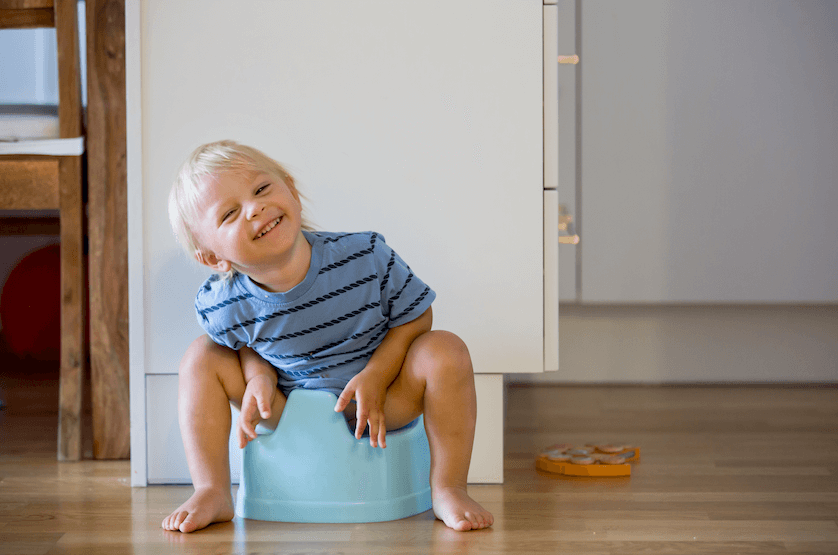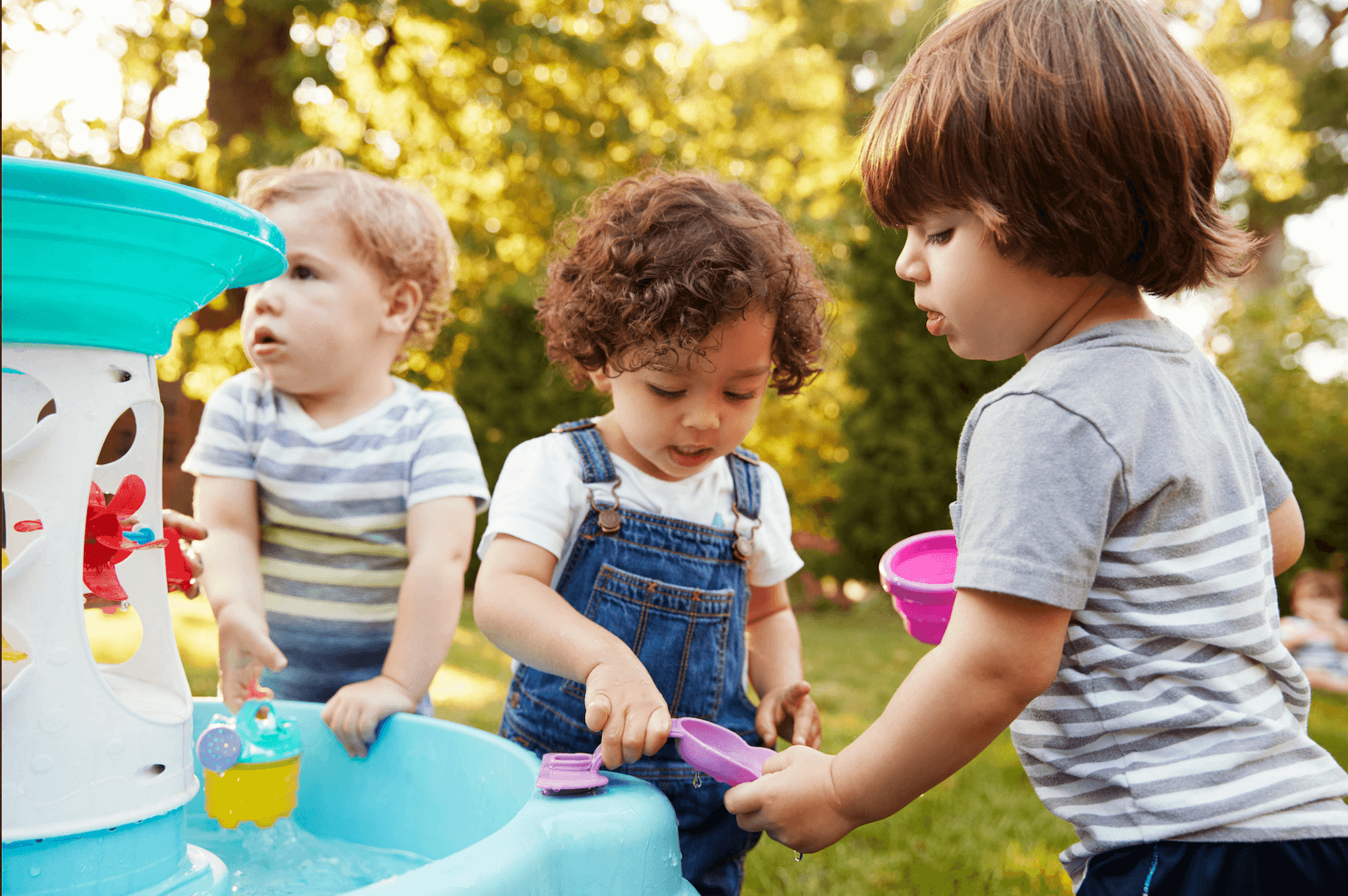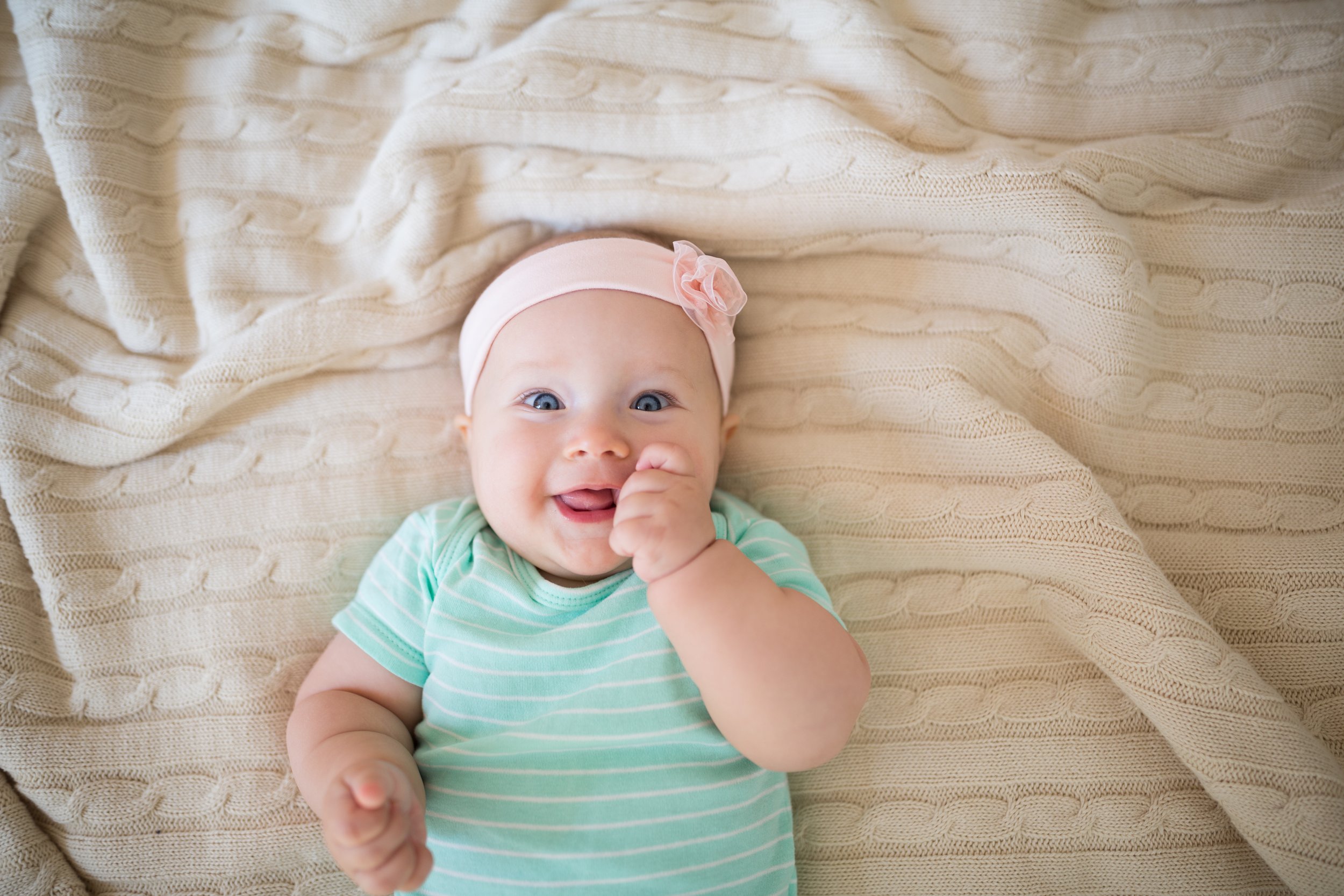Baby Gestures: Making a big statement without saying a word!
Gestures are an exciting early communication milestone for babies!
Baby gestures are one of the first ways your little one tells you what they’re thinking about, what they like, and what they don’t like (aside from crying of course!). Gestures are important building blocks for babies growing their communication skills.
In this post we’ll cover:
What are baby gestures? (skip ahead)
How do babies learn to use gestures? (skip ahead)
Why gestures are important? (skip ahead)
16 gestures you can teach by 16 months (skip ahead)
Extra tips for teaching your baby gestures (skip ahead)
How do babies learn to use gestures?
Babies learn to use gestures from watching us; they copy gestures they see other people using.
Imitating or copying gestures is one of the important ways your baby masters the skill of imitation, which will come in handy later on when they’re ready to say their first words.
Supporting your baby in learning gestures will support their language development for months to come. Check out these free activities to teach your baby to use gestures.
Why are gestures important for babies and toddlers?
Gestures are a sign of your babies growing communication skills! Here are 5 reasons why learning gestures is important for your little one.
1. Gestures help with communication - This one may seem obvious, but as your baby is learning to speak clearly gestures help them communicate clearly. Using gestures is one ways that babies, toddlers, children, and adults increase the chances that their message will be understood by others. For example, if your child reaches for yogurt container and says “bababa” you know exactly what they want without them having to say a (real) word.
2. Gestures help you share your attention - Paying attention to the same thing as your little one is important because they are learning from what’s right in front of them, aka what they are paying attention to. Gestures are one way that you and your baby can help each other pay attention to the same thing, and create more opportunities for learning.
3. Gestures help with memory and attention - When you use gestures, it is like your using a big fat yellow highlighter to tell your baby that what you’re saying is important and exciting. By adding a physical element to your communication you can pique your child’s attention and cue them to remember.
4. Gestures can help with problem solving - Babies and toddlers likely use gestures as a problem solving tool. It’s an effective way for your little one to ask for help with something specific. You’ll probably notice your little one crying less and gesturing more for help as they get older (as long as they are rested and feeling well).
5. Gestures encourage social interactions - Babies have fun making gestures back and forth with you. When your baby claps and sees everyone else start clapping or getting really excited, they want to do it more. These early back and forth turns with gestures help your baby build the foundation for social interactions.
16 gestures by 16 months
If your baby is learning to use gestures, here’s a list of 16 gestures you can help them learn by 16 months.
Pointing - Pointing is one of the most common gestures and we do it all the time without even thinking about it. You can teach your baby to point by pointing to things as you’re talking about them.
Waving - You can teach your baby to wave hello and goodbye when people are coming and going.
Clapping - Clapping is a fun and social gestures you can teach your baby to give applause when something exciting happens.
Shaking Their Head Yes - Your baby may copy this gesture before they actually learn what it means at first. As your baby starts to understand your yes or no questions, like “Do you want to eat?” they will learn to use the head nod to tell you that “Yes!” they want to eat!
Shaking Their Head No - This is often a favorite toddler gesture. Like shaking their head yes, they may copy this gesture before they even know how to use it. You can practice with shaking their head during play or your daily activities.
Holding Their Hands Up - This is a classic. Babies reach their hands up because they want to be held. If your child isn’t already doing this you can have a friend or sibling show them.
High-Five - High fives are a fun and social gesture to use when playing or spending time with others. Babies learn through imitation, so high-fiving everyone in the room is a great way to teach them.
Fist Bump - Same as the high-five, just another cool variation (and a little more germ friendly).
Blowing a Kiss - Every parent’s heart melts when their baby blows them a kiss for the first time! You can practice by blowing them kisses first, knowing it might take them a few kisses or a few weeks to learn depending on their stage of development.
Thumbs Up - A thumbs up is an affirmative gesture that can be fun to teach your baby if your family uses the thumbs up. If you don’t usually give people a thumbs up, think of another gesture your family uses and try teaching that one. My favorite family gesture example comes from a little boy I saw in speech therapy. His family loved soccer and he had mastered the arms straight into the air when someone made a “Goalll!”
Baby Sign Language for “More” - Baby sign language is a great way for your little one to learn to tell you what they want or need before they can pronounce the words. These are some of the most common baby signs that parents start out with. See my tips below for getting started with baby sign language at home. Learn it here.
Baby Sign Language for “Help” - Learn it here.
Baby Sign Language for “All Done” - Learn it here.
Baby Sign Language for “Milk” or “Water” - Learn it here - Milk and Water.
Baby Sign Language for “Eat” - Learn it here.
Suggested: What to know before starting with baby sign language.
Tips For Teaching Baby Gestures
It’s important to remember that learning a new skill probably won’t happen over night, so your little one may not learn new gestures right away. Learning new baby gestures one at a time (or maybe a few) is best! Try to avoid teaching your little one more than 3 new gestures at once :)
If you’re teaching your little one to use gestures, these tips are key!
1. Use The Gesture Your Teaching Often - The more your little one sees you and other people using the gesture you want them to learn, the easier it will be for them to learn it. Remember that children learn by watching other people and trying to copy what they are doing.
2. Use Gestures In Everyday Routines - If you can make using gestures a part of your routine it will be easier to keep up with your practice! For example, if an older sibling or partner leaves the home everyday you can practice waving hello and goodbye each day. The practice day after day is really beneficial for learning.
3. Reinforce - If your baby uses a new gesture, a great way to reinforce it is to excitedly repeat the gesture yourself. Repeating the gesture as you celebrate their growth is a great way to motivate them to use the gesture again!
4. Be Patient - Rome wasn’t built in a day. It’s important to have realistic expectations when you get started teaching your baby gestures to avoid feelings of frustration or disappointment. Understanding that learning gestures may take some time upfront can ensure that your practice stays fun and lighthearted!
Here are some of other common questions parents ask about baby gestures:
-
For a baby, a gesture is any nonverbal form of communication that they consistently use to let you know what they want or dislike, or something they’re thinking about. Gestures may involve the movements of the body, face, or limbs. Some of the most common baby gestures are clapping, waving, and pointing. Your baby may also have some gestures of their own, like throwing their arms in the air with everyone else when your favorite sports team scores a goal.
-
Yes, autistic toddlers also use gestures. Keep in mind every autistic child is unique and their gestures may be different in some ways. It’s possible that children may benefit from the support of a speech therapist to understand and use gestures to communicate with others.
-
The number of gestures at 9 months can be quite variable. Keep an eye out for your baby to be using at least a few gestures at this age.
Recently on the blog:
Written By:
Stephanie Keffer Hatleli, MS, CCC-SLP
© 2020-2025. Stephanie Keffer Hatleli, MS CCC-SLP. All Rights Reserved.The content offered on ToddlerTalk.com is for informational purposes only. Toddler Talk is not engaged in rendering professional advice, whether medical or otherwise, to individual users or their children or families. No content on this site, regardless of date, should ever be used as a substitute for direct medical advice from your doctor, speech language pathologist, or other health professional. By accessing the content on ToddlerTalk.com, you acknowledge and agree that you are accepting the responsibility for your child’s health and well-being. In return for providing you with information related to home speech and language practice, you waive any claims that you or your child may have as a result of utilizing the content on ToddlerTalk.com.


